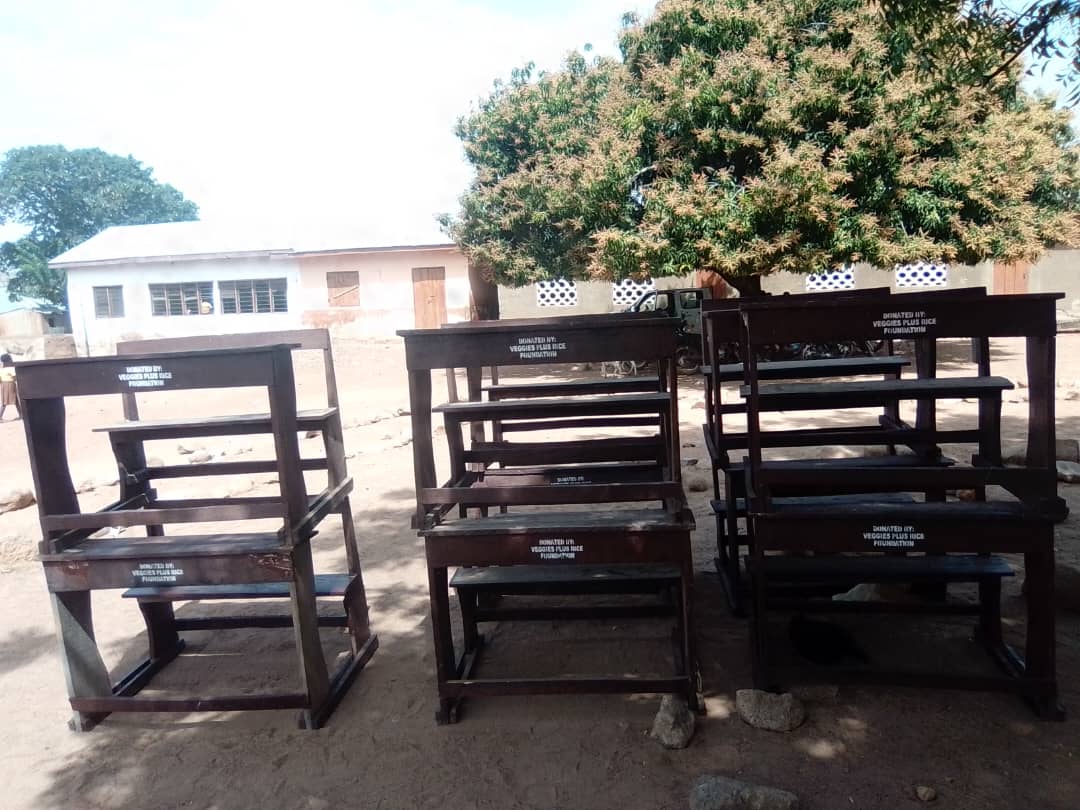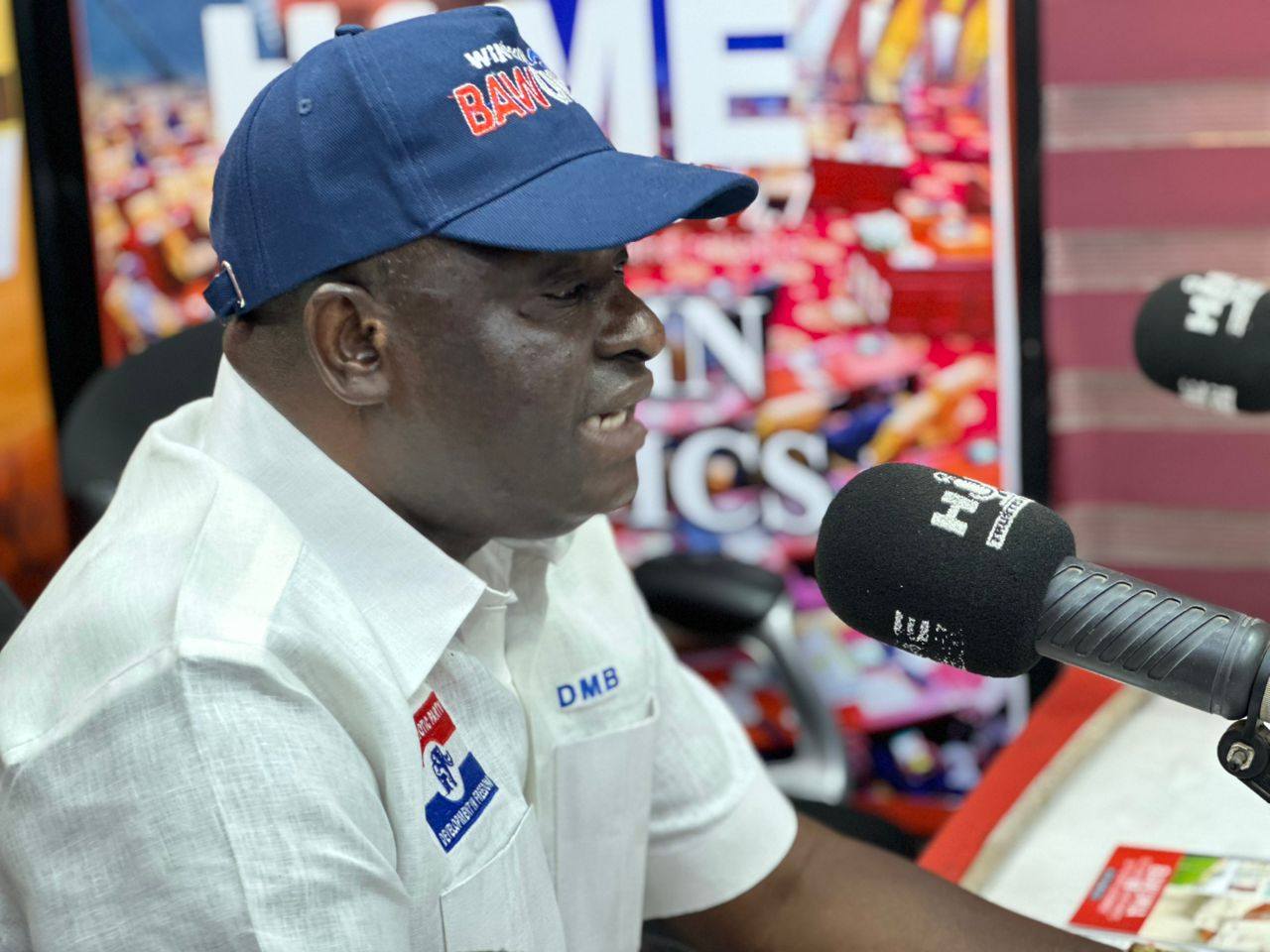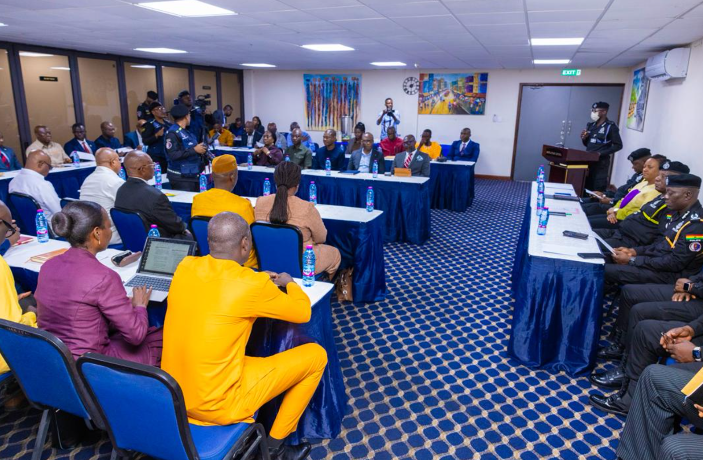In the Upper East Region Health Directorate, Eric Dakura carries a burden few understand. As the disease control officer for leprosy and neglected tropical diseases, Eric’s days are filled with the stories and scars of those too often overlooked. His mission is clear: to confront the truth about leprosy, dispel the myths that shroud it, and rally his community to vigilance.
Eric’s perspective comes not from textbooks, but from years on the ground—a reality he shared in the eye-opening documentary, “Pains of the Forgotten: Leprosy, Stigma, and Resilience,” produced by Ngamegbulam Chidozie Stephen of ApexNewsGH. “Leprosy is a disease of the skin and nerves,” Eric explains to viewers. “If you don’t get treatment early, it will affect your nerves and finally lead to the wasting of your feet or fingers. That can lead to a disability.”
Unlike other diseases, leprosy creeps. “It takes a longer time for someone affected with leprosy for you to see the signs and symptoms,” Eric says. “It can be in you for over three years, sometimes up to five, ten, or even twenty years before manifesting.” The stealth of the disease is part of its cruelty. By the time patches appear on the skin, often painless and easily ignored, the damage may have already begun.
Eric describes the devastation with a clarity that stirs the heart. “It comes in the form of patches all over your body. The unfortunate thing is those patches don’t pain. You can see somebody with fingers being chopped off, but there’s no pain. If you even put them into fire, they will never feel anything because the nerves are all destroyed.”
He recalls shocking moments discovered through his medical rounds: “Three-inch nails have penetrated people’s feet without them knowing. The nerve that is supposed to signal pain is destroyed, so we often detect leprosy at the later stage, when the hands and feet are gone. We don’t want to be recording cases at that stage because it means our surveillance system is not the best.”
The tragedy, Eric insists, is that it doesn’t have to be this way. Early detection is possible, if only people know what to look for and seek help without fear. “You might see a patch on your body that doesn’t hurt, don’t ignore it. If you have a relative who has ever had leprosy, the probability of contracting it in the family is higher. It’s a slow-acting disease.”
Yet, the path to diagnosis is often littered with hurdles. “Most clinicians are not able to detect leprosy early, mistaking it for other skin conditions. It’s a disease that cannot be managed by any other medicine apart from the special drugs designed to cure it,” Eric explains. The lack of awareness among both the public and some professionals allows leprosy to hide in plain sight, surfacing only when it’s too late.
Perhaps the greatest enemy, Eric says, is not the bacteria, but stigma. “One of the biggest challenges with leprosy is stigma. If you have it, people around you may not want to come close because they feel they could also be infected. But leprosy is curable. Just come, we’ll treat you and you’ll be fine.”
Eric works hard to spread this message of hope. He reminds everyone that leprosy treatment is free and accessible to all, with no hidden costs. “There is no cost component attached to leprosy treatment. It has always been free, irrespective of how long you take it. If you have skin conditions that are not responding to treatment, consult your health facility.”
The Upper East Region, Eric reports, has seen progress. “We currently have ten cases under treatment, a significant improvement from previous years. If we record a lot of cases, it means we are fishing out the hidden cases and treating them. But we must never let our guard down.”
Eric is quick to confront the misconceptions that have allowed leprosy to fester in secrecy. “Leprosy is not hereditary, nor is it a ‘poor man’s disease’ alone. It can affect anyone, at any age. But poverty increases vulnerability because of poor living conditions.”
Eric’s determination remains undimmed. He ends with a call to action, one he repeats to every community he visits: “Stigma and late detection are our biggest enemies. ‘Leprosy is curable’ is our slogan. Let’s all do our part to detect, treat, and eliminate this disease from our communities.”
In the story of leprosy in Ghana’s Upper East, Eric Dakura is more than a health officer, he is a sentinel. His vigilance, empathy, and unflagging hope offer a path forward, one where the pain of the forgotten gives way at last to healing and acceptance.
WATCH THE VIDEO DOCUMENTARY BELOW:
Source: Apexnewsgh.com/Ngamegbulam Chidozie Stephen











